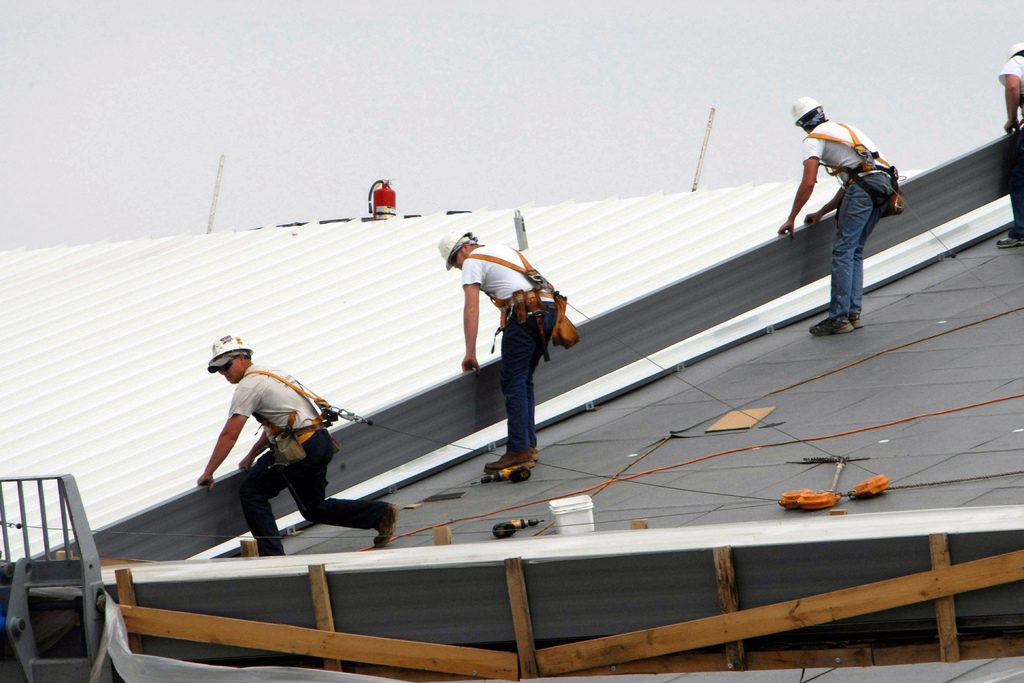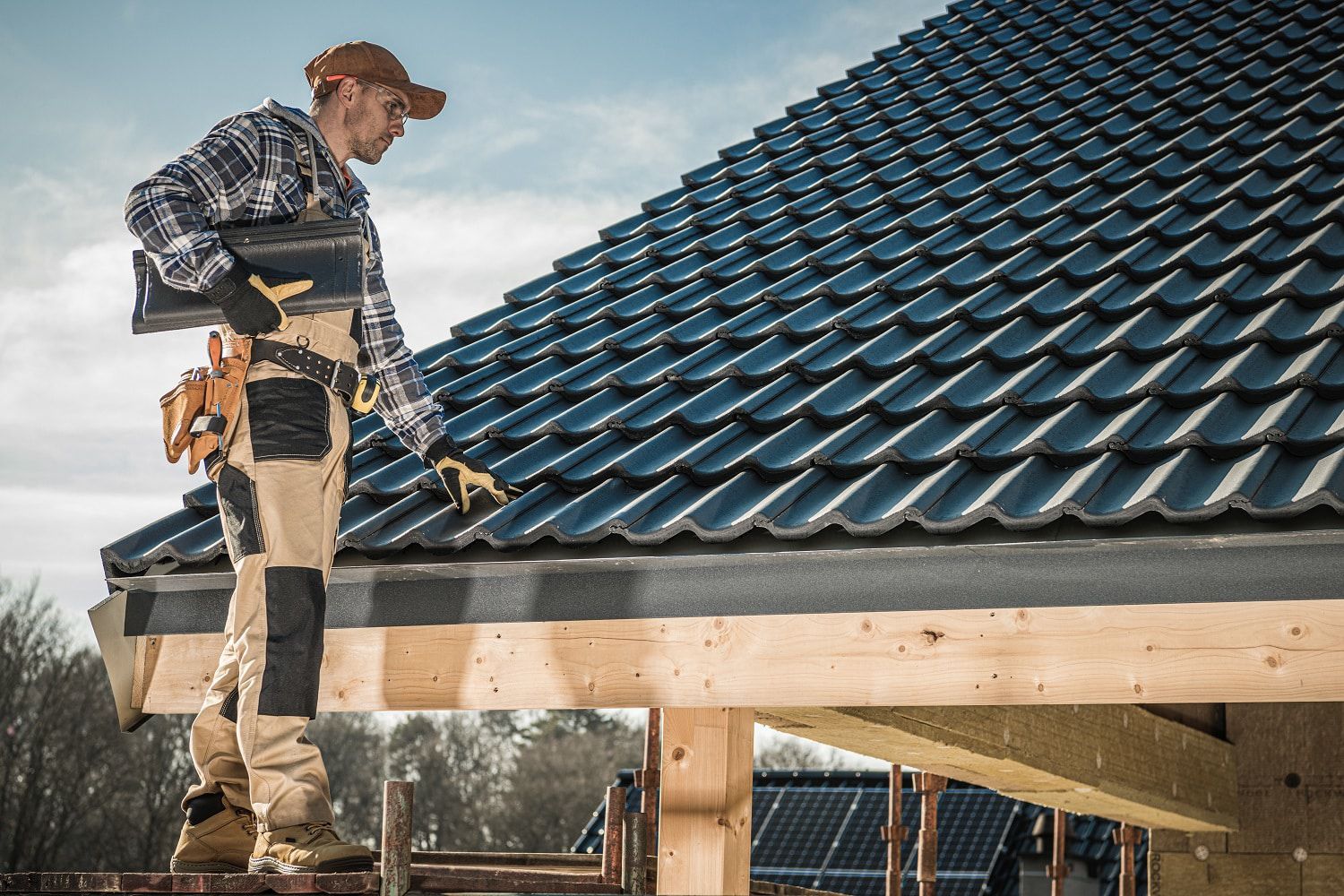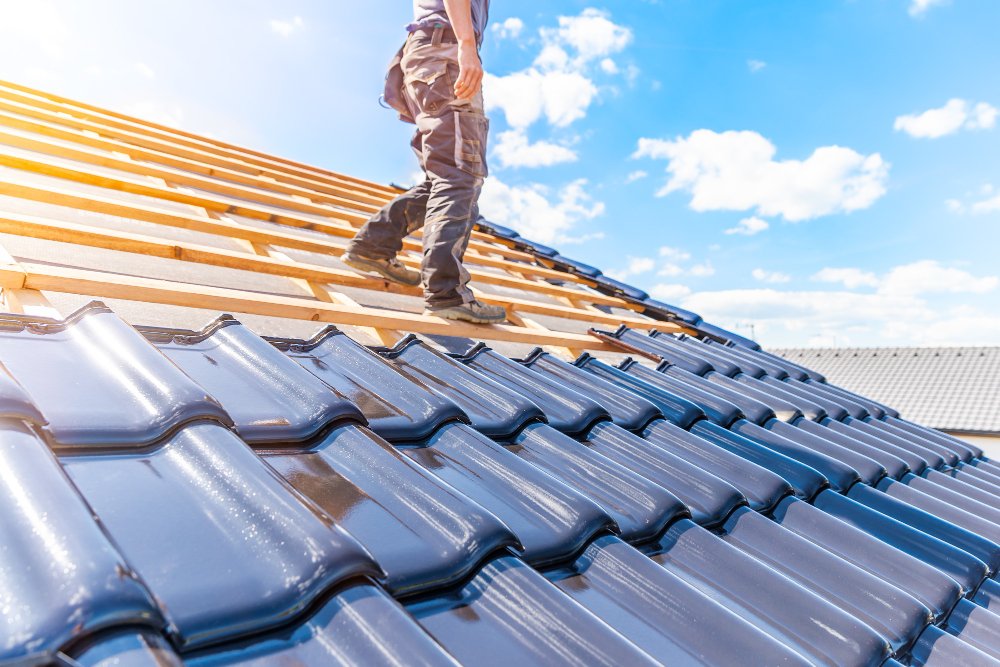How to Evaluate Different Roof Options for Your Structure Requirements
Assessing roof choices for your building needs a thorough strategy that thinks about different factors such as the planned use of the structure, neighborhood climate conditions, and product features - Perrysburg Roofer. It is essential to weigh the advantages and downsides of different roofing types, from asphalt tiles to steel and clay ceramic tiles, while additionally factoring in preliminary expenses and lasting upkeep.
Examining Your Structure's Demands
To successfully evaluate roof alternatives, begin by extensively analyzing your structure's demands. Begin by taking into consideration the building's planned use, as various structures may demand varying roof specs. For example, domestic roofing systems usually prioritize aesthetics and insulation, while industrial buildings might focus on sturdiness and load-bearing ability.
Next, assess the neighborhood climate conditions that will affect roof performance. Aspects such as temperature level variations, rainfall levels, and wind patterns can affect product option and style. A roof covering system that stands out in a pleasant climate might not perform as well in locations susceptible to hefty snowfall or severe warmth.
Additionally, examine the structural integrity of your building. Guarantee that the existing framework can support the chosen roof covering products, particularly if considering heavier options. It is also crucial to evaluate any type of regional building codes or laws that may determine particular demands for roof covering systems.

Contrasting Roof Materials
Once a thorough analysis of your structure's demands has been finished, the next step includes comparing various roof products. Each product uses distinctive advantages and disadvantages, making it important to align your option with your certain requirements and conditions.
Asphalt tiles are commonly recognized for their affordability and ease of installation, making them a prominent choice for household buildings. On the other hand, metal roofing, recognized for its sturdiness and longevity, can endure harsh climate condition but may feature a higher initial financial investment.
Clay and concrete tiles supply superb thermal insulation and aesthetic allure, especially for Mediterranean-style architecture, yet they call for a more durable structural assistance as a result of their weight. Wood trembles deal a natural appearance and excellent insulation residential properties however might demand much more upkeep and are susceptible to fire risks.
Examining Cost and Budget
Analyzing your roof alternatives requires a mindful analysis of expense and budget plan considerations. The total budget plan for a roofing task consists of numerous variables, including product expenses, labor expenditures, maintenance, and possible long-lasting savings. It is important to develop a clear spending plan prior to checking out Read Full Article particular roof covering products, as this will assist the decision-making procedure and assist you prevent overspending.
Begin by obtaining quotes from multiple contractors to understand labor expenses in your region. Make certain that these estimates consist of all needed solutions, such as removal of the old roof, setup, and any kind of added attributes, like insulation or ventilation improvements - Perrysburg Roofer. Next, examine the expense of numerous roof covering products, taking right into account both first installation prices and expected life-span

Comprehending Energy Effectiveness
Power effectiveness plays a critical duty in the selection of roof materials and systems, substantially impacting both power consumption and general convenience within a building. A well-chosen roof can boost thermal performance, minimizing the demand for home heating and cooling down systems, which subsequently decreases power costs and minimizes ecological influence.
When evaluating roof choices, consider products that show as opposed to absorb imp source heat. Light-colored or reflective roof covering items can considerably lower roofing surface area temperature levels, bring about reduced energy use during hot months. Additionally, appropriate insulation and air flow are necessary to optimize the power efficiency of the whole roofing system. Insulation protects against warm transfer, while ventilation alleviates warm accumulation in the attic area.
Another crucial aspect is the roof's longevity and upkeep needs. Sturdy materials that need less frequent replacement add to lasting energy savings. The power performance of a roofing system can additionally be evaluated via its compliance with well established sustainability ratings such as ENERGY CELEBRITY or LEED.
Thinking About Aesthetic Allure
A roofing system's visual charm significantly influences the general appearance of a structure, enhancing its architectural style and improving curb appeal. Perrysburg Roofer. When examining roofing alternatives, it is important to take into consideration just how the chosen material, shade, and design will certainly integrate with the existing framework and area. A well-designed roofing can raise also the easiest of buildings, transforming them into visual focal points
Various roof covering materials offer various aesthetic top qualities. For example, conventional roof shingles might stimulate a traditional appeal, while steel roof covering can present a modern, sleek look. Additionally, the shade of the roof product plays a vital role; lighter tones can make a building appear even more spacious, while darker tones may create a cozier ambiance.
Additionally, architectural elements, such as dormers and eaves, can improve the roofing's visual impact. It is a good idea to seek advice from with expert designers or architects to make sure the chosen roof alternative aligns with the total design intent. Eventually, a roof ought to not just offer functional benefits yet likewise contribute positively to these details the structure's aesthetic, showing the owner's taste and the personality of the surrounding setting.
Final thought
